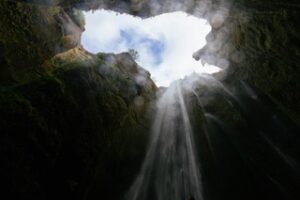The Souls Desire & the Evolution of Identity
Here is the full range of Soulsign’s interpretive methods for tracking the Soul pattern through the birth chart. Focuses exclusively on the dynamic relationship of Soul and Identity.
The paperback book price includes shipping and is autographed by Adam. Custom personalization for yourself or as a gift included upon request!
- ISBN #1411652983
- 142 page ebook (PDF) OR paperback book (paperback price includes shipping)
- Published by Soulsign Publishing
Soulsign Publishing is located in the United States
55.00 $
| Choose one | eBook, paperback |
|---|
Related products
-
Audio
Sky Phases: The Original Planetary Cycles
60.00 $Original price was: 60.00 $.45.00 $Current price is: 45.00 $. Add to cart















 Workshop OH
Workshop OH



